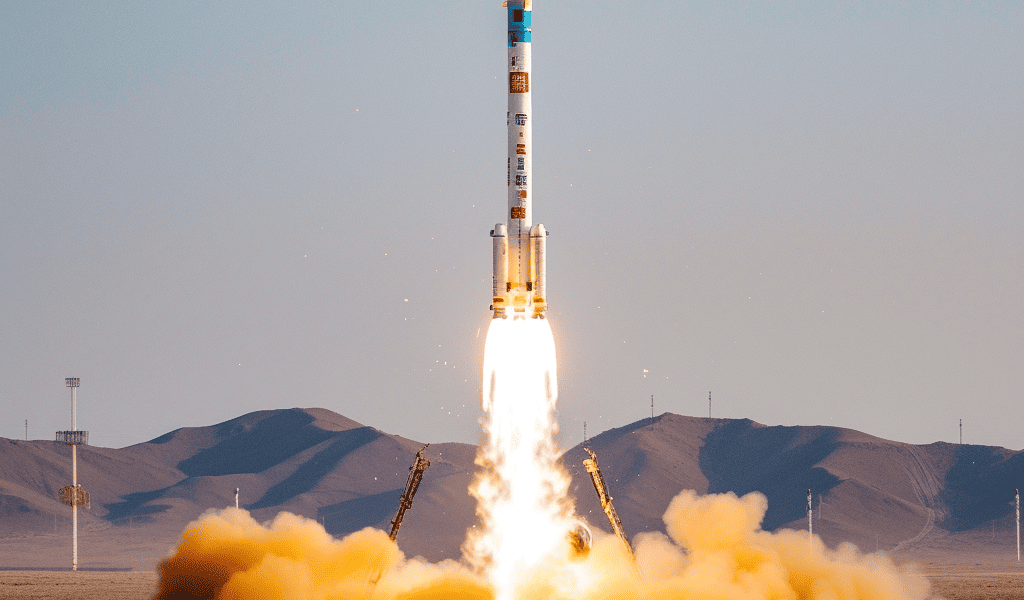Chinese Space Startup Landspace Achieves Successful Vertical Takeoff, Vertical Landing Test for Reusable Rocket
Chinese space startup Landspace achieved a significant milestone by successfully conducting the first vertical takeoff, vertical landing (VTVL) test for its reusable stainless steel rocket, the Zhuque-3 VTVL-1. The test took place at the Jiuquan Satellite Launch Center, with the rocket lifting off from Landspace facilities at 3:00 a.m. Eastern on January 19, 2024.
The test article, powered by methane-liquid oxygen, reached an altitude of approximately 350 meters during its 60-second flight before landing with an accuracy of about 2.4m and a landing speed of around 0.75m/second. This achievement marks a significant step forward in the development of the Zhuque-3 rocket, which is scheduled for its maiden flight in 2025.
The Zhuque-3 is designed as a two-stage rocket, measuring 4.5 meters in diameter and 76.6 meters in total length, with a liftoff mass of approximately 660 tons. It will be powered by nine Tianque-12B engines and is expected to have a payload capacity of 21,000 kilograms to low Earth orbit when expendable. The rocket will be capable of carrying up to 18,300 kg when the first stage is recovered downrange, or 12,500 kg when returning to the launch site.
Landspace’s achievement comes amid a growing competition in the Chinese commercial launch sector to develop reusable launch vehicles. The successful VTVL test follows similar tests conducted by another Beijing-based launch startup, iSpace, and reflects the increasing focus on reusable rocket technology within the Chinese space industry.
These developments underscore the ongoing efforts to advance the capabilities of China’s private space sector, which was first opened up to private investment in late 2014. As companies like Landspace and iSpace continue to make strides in reusable rocket technology, the future of commercial space launches in China appears increasingly promising.





